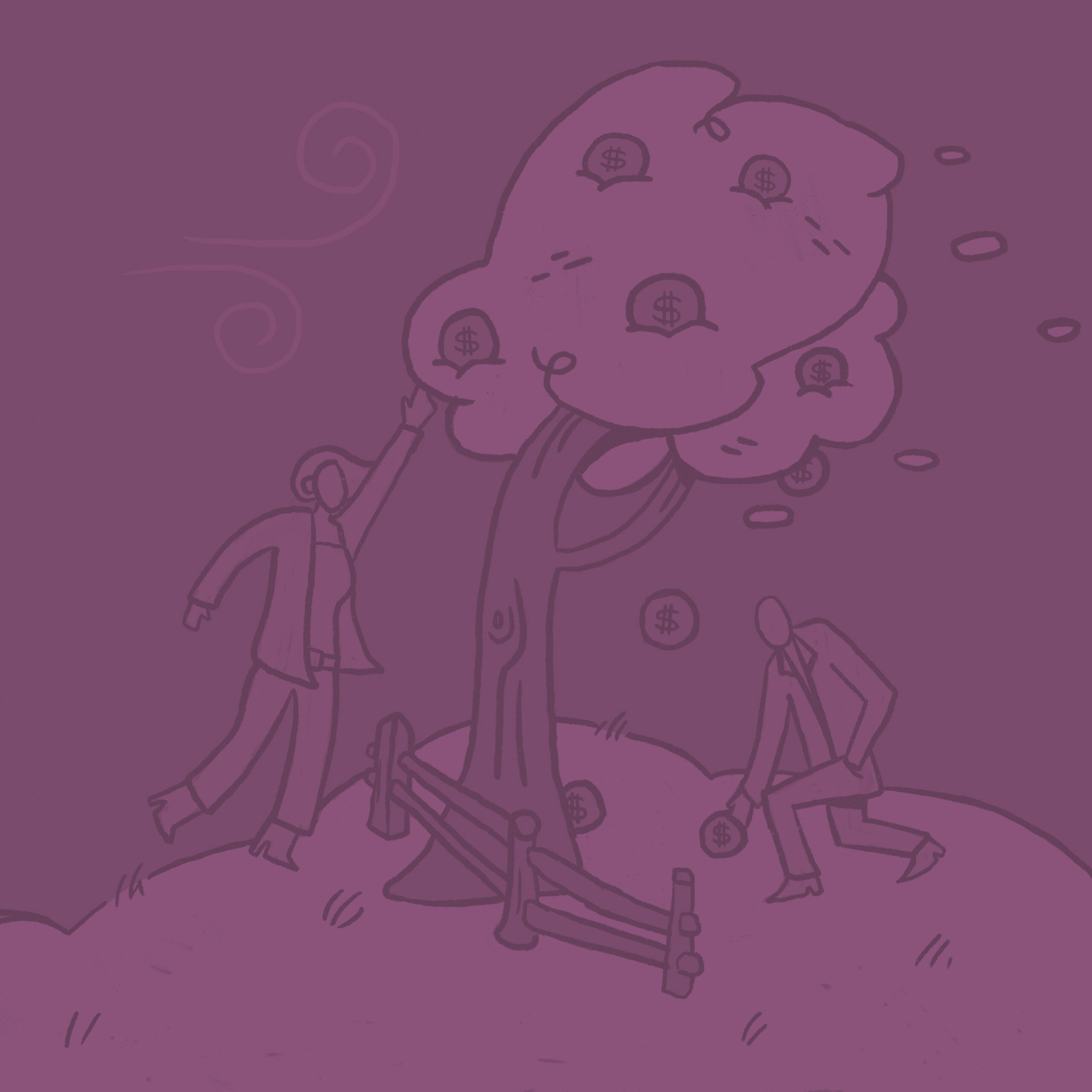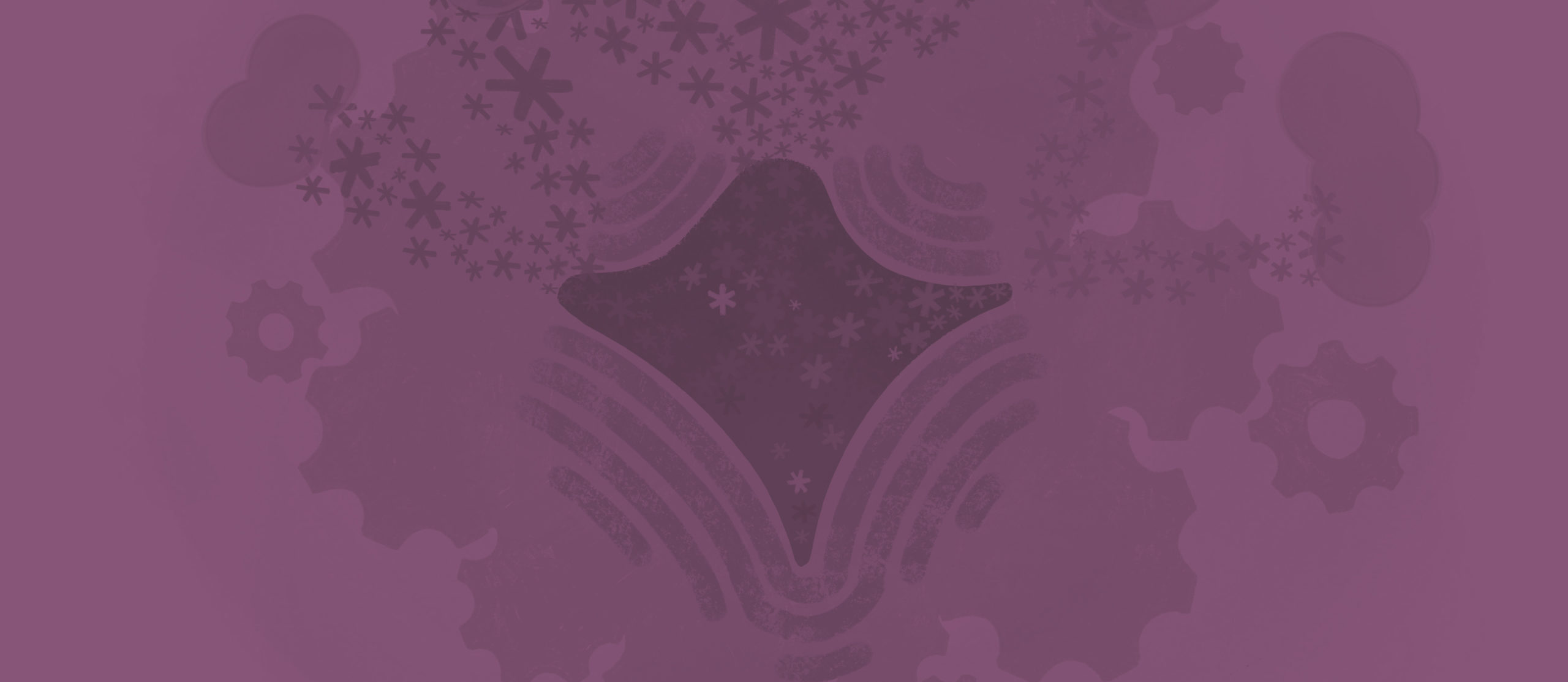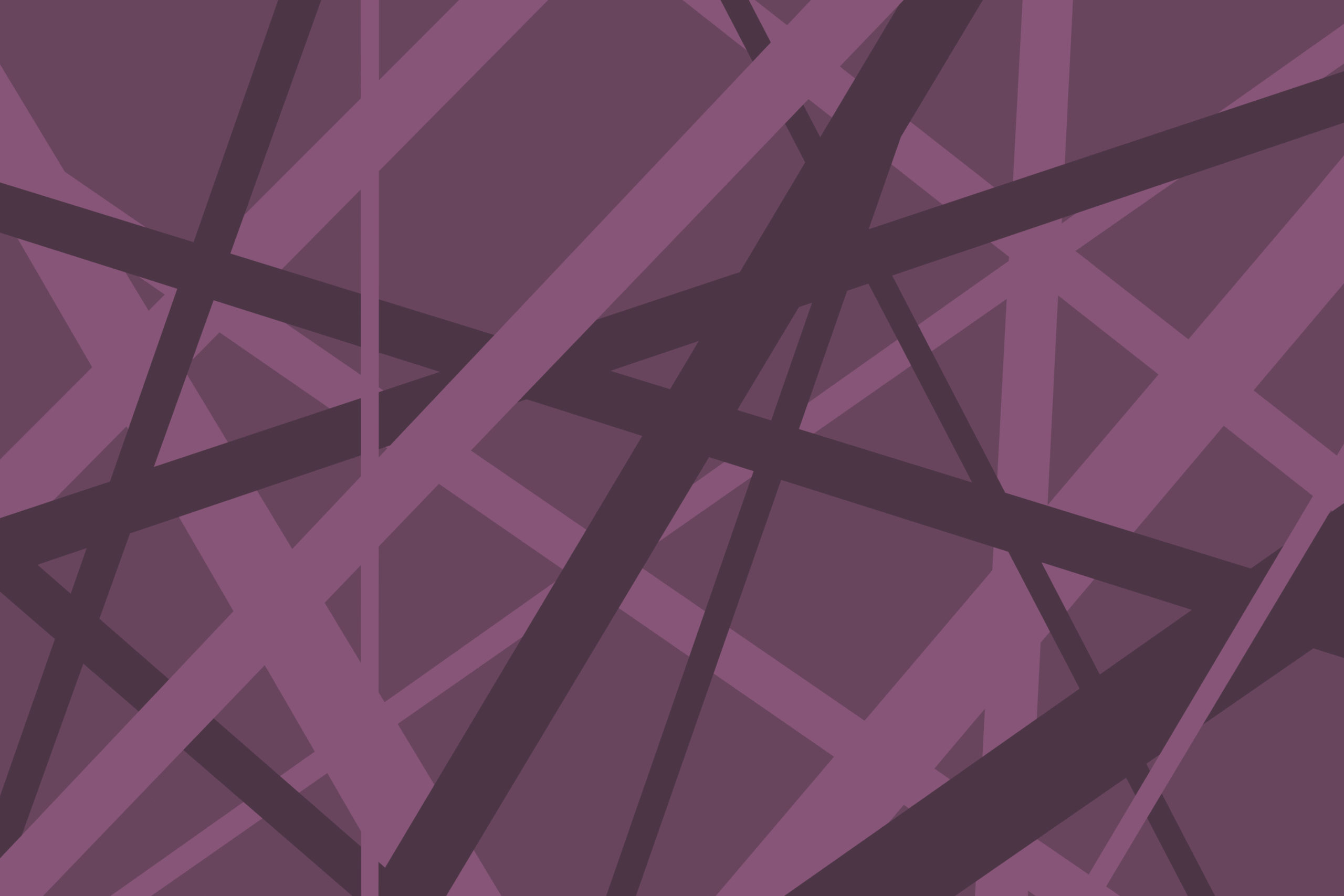{Volume 1, Issue 4}
Summary
In part three of our Drive Your Brand series, the Brand Decider, we examined the role of the decider and the subtle but significant difference between inclusiveness and democracy when leading the brand development process with your internal team.
For this fourth installment, we’ll cross over to the topic of working with the creative team — covering one simple and effective tactic to ensure your creative partnership yields their best work. This rings true if you’re a CEO, brand manager or marketing director, and whether you’re working with outside talent or driving the process with an in-house team.
It’s not about how to be a good client, it’s about how to get the best work from your creative team
While this article could run the risk of sounding like a how to be a good client piece, or like a grizzled designer complaining about clients — that’s a risk worth taking.
This business is all about communication, and in 25 years as a designer and creative director working with hundreds of clients and scores of designers, I’ve seen the full spectrum of communication between client and creative — from the simply transcendent to the purely toxic. One of the best ways to effectively communicate with and, more importantly, get the best work out of your creative team is simple: don’t be a dictator.
Dictator, defined
In the context of brand development, a dictator is someone who tells the creative team, in no uncertain terms, exactly what they want the end product to be.
While many toxic relationships between client and creative have a dictator at the helm, being a dictator does not have to spell creative disaster. The key is to determine what kind of project you have and articulate that early and clearly.
Though every designer has had their share of clients from hell, the majority of the dictator challenges I’ve observed have stemmed from a simple misunderstanding as to what type of project it is.
Design execution vs. creative collaboration
Design execution: In a design execution project, the end product is dictated to the designer, there is no need for the designer to creatively collaborate or to have any deep understanding of the brand. In this scenario, design is really a commodity, the field of capable talent is broad and cost is typically much lower.
Creative collaboration: In a creative collaboration project, the client brings the initial challenge to a specialized creative team and works with them to clearly define the challenge and scope. The client shares any ideas they might have and the creative team gets to work. This process is typically iterative, with close interaction between client and creatives.
Using creative collaborators for a design execution project is like driving a tank to the grocery store
If you know you want your logo to be a pirate holding a slice of pizza — you have a design execution project.
If you’re opening a Caribbean themed fast casual pizza restaurant and you need a brand identity that attracts families with children while not attracting college students — you have a creative collaboration project.
It’s important to draw that distinction early — because using creative collaborators for a design execution project is like driving a tank to the grocery store — you’ll still get there, but it will cost you a lot more time and money.
So you don’t want to be a dictator …
Alrighty, if you’re still reading, then you’re likely interested in not being a brand dictator. You’ve put together your creative team and you’re about to get started. So how do you take on the role of decider without sliding into a dictatorship? Following is our advice on how to get the best work out of your creative team:
Set the tone
The key to getting the best brand design work is to set the tone early. A fruitful creative collaboration will follow a proven process and welcome input from all members of the team — creative and client-side. Everyone will be on the same page as far as scope, roles and expectations — and it will be a positive, fun experience for all involved. If it’s painful, you’re doing it wrong.
Articulate the problem, don’t dictate the solution
This is the crux of the biscuit right here. Designers, illustrators and writers are creative problem solvers by nature. That’s where we truly earn our money —and you’ll maximize ROI from the creative team with this little communication trick.
When you tell a designer to make it purple, one of three things will happen:
Bad: They don’t make it purple. What we have here is a failure to communicate. You’ve got an obstinate designer on your hands, and nobody wants that. They’ve determined they know best and are outright choosing to ignore your feedback. This likely won’t end well.
Worse: They make it purple. If you tell a designer to make it purple and they make it purple, there’s a chance they agree it should be purple. But that’s unlikely. If they thought it should be purple, they would have made it purple in the first place.
Most likely, this behavior indicates you have a designer who’s thrown up their hands and wants to do whatever they need to do to make you happy. The work will inevitably suffer. You’re paying for a creative partner and you’re getting a design executor, which should be costing you a lot less money.
Best: They ask you to articulate the problem. Design is an iterative process. There is going to be some back-and-forth, and that’s good. Sometimes the creative team hits a home run on the first swing, but more often than not, there is iteration. it’s critical that creative collaboration be an open-ended conversation.
Dictating a solution is a closed-ended conversation. Good creative partners will open that end back up, talk with the client and uncover the problem behind the proposed solution. When the creative process is an open-ended conversation, sometimes it ends up purple, sometimes it doesn’t — but the result is always great design.
Rather than telling the creative team to make it purple, back up a few steps and state the problem you’ve identified that led you to conclude it should be purple. For example, you’re concerned the amount of red used might create unintended tension, you need to firmly establish your brand position against your orange competitor and therefore really need to own the color purple. Whatever the reason, it will help the creative team stay engaged, feel ownership and — most importantly — do their best work.
Don’t worry about hurting our feelings
The labor that goes into brand development, design, illustration and copywriting is all intensely personal — and you want to have a creative team that feels both a personal and collective sense of ownership in the work. However, the well-meaning client’s fear of hurting a creative’s feelings is one of the most common impediments to producing gr
eat brand design.
I’ve seen the look of relief on a client’s face enough times after I’ve told them to not worry about hurting our feelings, that it bears inclusion in this article. I’ll usually joke and say that designers don’t have feelings. That’s not actually true. We have feelings. We’re vincible. I’ve seen designers moved to tears, vomiting and suffering night terrors on separate occasions after particularly harsh client interactions.
When I say we don’t have feelings, I mean we don’t take constructive criticism personally — in fact, we welcome it. Designers are trained in the art of critique and would much rather know how you feel than not know how you feel.
Good creatives welcome critique. It allows us to see the work from additional perspectives, provides an opportunity to articulate, defend and poke holes in our own conclusions, and ultimately improves the work.
The client’s always right, even when they’re not
Brand development and graphic design is a service industry and it’s predicated on giving clients what they want. The client’s challenge is to articulate the problem they need to solve without feeling a need to dictate a solution. The designer’s challenge is to exceed the client’s wildest expectations and create something both they and the client love equally.
The best relationships between clients and designers will lead to work that is nothing the client ever expected and exactly what they need.
So get out there, find the right creative team, articulate the challenge, foster a spirit of creative collaboration and open-ended conversations, and get ready to have a blast.
About Toolbox Creative:
At Toolbox Creative, we’re dedicated to bridging the gap between the science of science and the art of selling it — building love connections between technology brands and the customers that love them.
Toolbox Creative offers a powerful engine to grow technology brands and take on the big players in the field. We help innovative technology companies look and sound as good as they truly are, increasing brand equity, boosting media buzz and making the most of marketing dollars.



